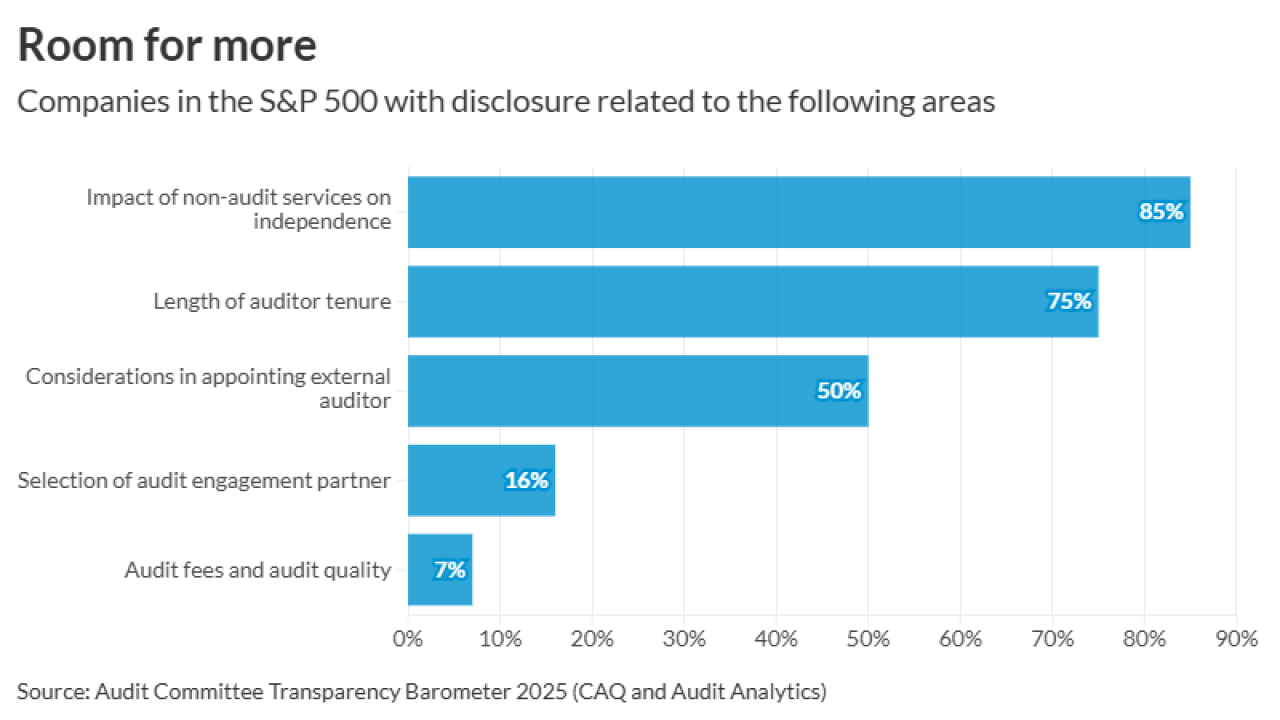The Internal Revenue Service reported Monday that the number of completed Advance Pricing Agreements, in which the IRS and multinational corporate taxpayers work out voluntary agreements on transfer pricing, fell last year as the agency coped with reorganization and personnel shifts.
The IRS announced last July that it planned to reorganize several of its units aimed at international tax compliance and transfer pricing in an effort to bolster its enforcement efforts (see
The Advance Pricing Agreement program is designed to work out pre-filing agreements on transfer pricing issues with multinational corporate taxpayers. Transfer pricing has become a sensitive issue as multinational corporations face accusations of using sophisticated transactions to shift their profits to offshore subsidiaries in low-tax countries.
On Monday, the IRS released Announcement 2012-13, an annual report to the public concerning Advance Pricing Agreements and the APA program as required by a 1999 law. The report noted that in the first quarter of 2012, the APA Program merged with that portion of the Office of the U.S. Competent Authority, or USCA, that resolves transfer pricing cases under the mutual agreement procedures of the United States’ bilateral income tax conventions. The successor to the APA Program is the new Advance Pricing and Mutual Agreement Office, which prepared and finalized the report.
Following the announcement of the newly combined APMA Office, the APA Program and the USCA engaged in extensive efforts to ensure a smooth transition and successful realignment, the report noted. In addition to addressing personnel transfer, systems management, and other logistical issues, during the fall of 2011, the USCA hired additional managers and staff for the APMA Office, representing a 50 percent increase in total headcount. The new employees are receiving extensive training and mentoring from existing staff and management, according to the report.
However, the report acknowledged that the transition led to fewer cases being resolved.
“In part because of these transitional issues, during 2011, case closures fell short of normal expectations and average cycle times increased,” said the report, attributed to Samuel M. Maruca, director of the IRS’s Office of Transfer Pricing Operations. “APA, with some assistance from USCA, completed 43 APAs (including one amended APA) and 47 recommended negotiating positions (RNPs), down from totals of 69 APAs and 58 RNPs in 2010. The average time to complete an APA increased from 37.2 months in 2010 to 40.7 months in 2011.”
The IRS listed several additional contributing factors to those results, including a decrease in APA personnel for most of 2011 and the record number of new APA applications filed during the past four years.
“It is anticipated that when the transition to the APMA Office is complete, the number of completed APAs will increase and the average cycle time will decrease,” said the report. “Despite a decrease in 2011, over the last several years the APA program experienced increasing productivity, as measured by the number of completed APA items (e.g., APAs, APA amendments, and recommended US negotiating positions) divided by total APA staff hours.”
The IRS said it was difficult to predict what resources the APMA would need in the future in view of the existing backlog of APA submissions, the hiring of new personnel, an expected growth in requests in coming years, and the expanding role of APMA in examinations and other matters involving treaty jurisdictions. “With the recently augmented staff, however, management anticipates steady growth in the productivity of the new APMA Office in the years to come,” said the report.





